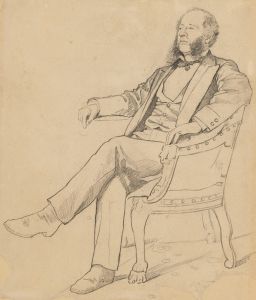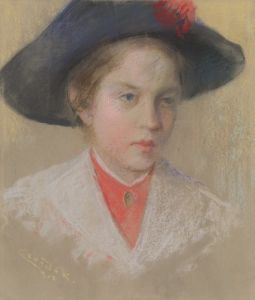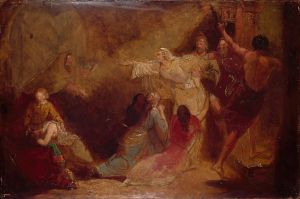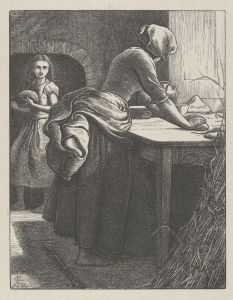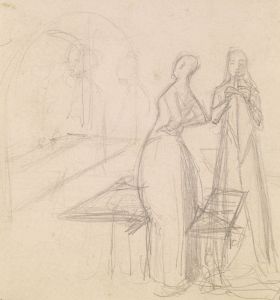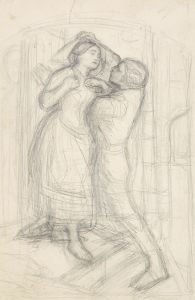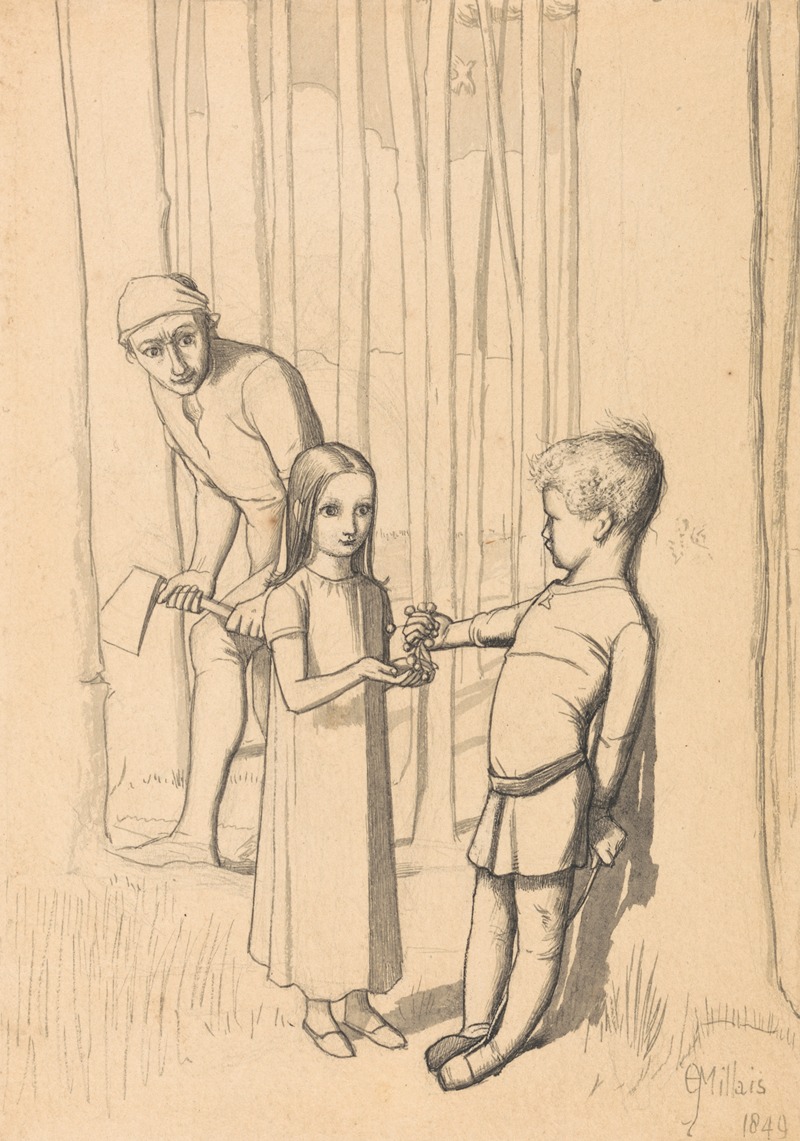
Study for The Woodman’s Daughter
A hand-painted replica of Sir John Everett Millais’s masterpiece Study for The Woodman’s Daughter, meticulously crafted by professional artists to capture the true essence of the original. Each piece is created with museum-quality canvas and rare mineral pigments, carefully painted by experienced artists with delicate brushstrokes and rich, layered colors to perfectly recreate the texture of the original artwork. Unlike machine-printed reproductions, this hand-painted version brings the painting to life, infused with the artist’s emotions and skill in every stroke. Whether for personal collection or home decoration, it instantly elevates the artistic atmosphere of any space.
"Study for The Woodman’s Daughter" is a preparatory drawing created by Sir John Everett Millais, a prominent British painter and one of the founding members of the Pre-Raphaelite Brotherhood. The work was produced as part of Millais's creative process for his oil painting The Woodman’s Daughter, which was completed in 1851. The drawing reflects Millais's meticulous attention to detail and his commitment to the Pre-Raphaelite ideals of realism and fidelity to nature.
The subject of The Woodman’s Daughter is based on a narrative poem by Coventry Patmore, published in 1844. The poem tells the tragic story of Maud, the daughter of a poor woodman, and her ill-fated relationship with a wealthy squire's son, leading to themes of class disparity, innocence, and betrayal. Millais's preparatory study captures the early stages of his exploration of the characters and composition, showcasing his skill in draftsmanship and his focus on emotional expression.
This study exemplifies the Pre-Raphaelite Brotherhood's emphasis on preparatory work and their dedication to portraying scenes with precision and authenticity. Millais and his contemporaries often created detailed studies of figures, landscapes, and objects before executing their final paintings. These studies were integral to their artistic process, allowing them to refine their ideas and ensure accuracy in their depictions.
The drawing is executed in pencil and demonstrates Millais's ability to render fine details and textures. It likely served as a reference for the final painting, helping the artist to plan the arrangement of figures and the overall composition. The study reflects Millais's interest in capturing the emotional nuances of his subjects, a hallmark of his work during this period.
Today, Study for The Woodman’s Daughter is regarded as an important example of Millais's preparatory work and a testament to the Pre-Raphaelite Brotherhood's artistic principles. The drawing provides insight into Millais's creative process and his dedication to achieving a high level of detail and realism in his art. It is held in a private collection or museum, though specific details about its current location or provenance may not be widely documented.









